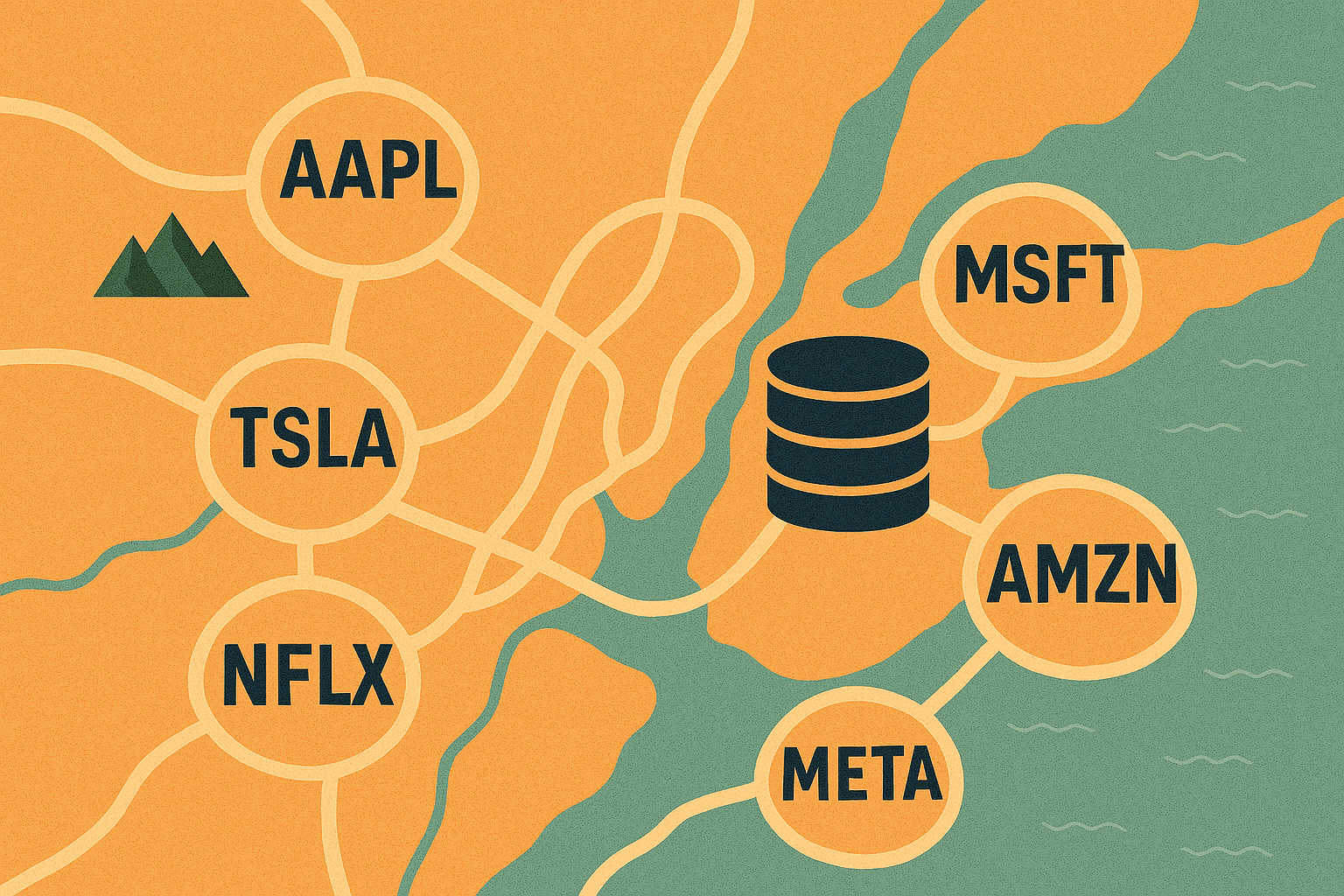Alternative Data for Private Markets
Introduction:
Alternative data is increasingly being used in private markets, including private equity, real estate, credit, and infrastructure, across deal origination, due diligence, and post-acquisition value creation and risk mitigation. Initially, interest in alternative data began when companies wanted additional information about digital market spending comparisons and reputation and social media review comparisons.
Nowadays, private equity companies want to know more about market size, share, growth opportunities in new verticals, go-to-market strategies for international and local markets, COVID-19 upticks, and overarching questions about digital migration and transformation. Some of the most popular data categories for private equity we see include event detection (is it the right time to engage?), B2B, employment (job postings & LinkedIn), consumer transaction, sentiment (consumer and employee), and web-crawled data (competitive intelligence).
Private equity deal sourcing teams use many internal data sources such as CRMs and management information data. This might include location, industry, revenue, and EBITDA, however, the actual value adds when combining this internal data with external data sources allows private equity firms to sort, filter, analyze, and discover new investment targets or the correct time to speak with them.
Deal Origination
Private equity firms are increasingly looking to data and technology to assist with deal origination, and with dry powder hitting a global $3.3T for private markets as of June 2021, according to Pitchbook ($1.3T for private equity), there has never been a better time to explore new sources of information for deals.
The deal origination environment has led to the rise of machine learning and data-centric private equity. Innovative private equity funds like San Francisco-based CircleUp and Sweden’s EQT use machine learning to originate deals, having a definite impact on successful portfolios. In February 2020, the head of European private equity at industry bellwether Blackstone spoke to eFinancialCareers about how “data analytics teams can be instrumental in enabling private equity funds to win over management teams and do deals.” Blackstone then had 14 data analytics professionals “aggregate tens of thousands of pieces of data for a single deal.”
The key focus in deal origination is still centered on developing human relationships with owners and entrepreneurs; the machines are used to augment the humans. Alternative data can provide insights ahead of any access to management information, allowing diligence to start earlier in the process.
Case study: Utilizing patent data, an investor can decipher the innovation strength of the various technology fields within the automobile industry (Figure 1). The innovation strength of companies was also assessed, with ZOOX being identified as the innovation leader in self-driving cars, owning approximately 60 high-scoring patents in autonomous driving technology (Figure 2).


Due Diligence
The Data Revolution has provided firms with the opportunity for deeper due diligence insights on transactions. Private equity and consulting firms are seeing the benefits gained from alternative data, which can provide insights across critical areas of industry and company analysis.
Case study: Forever 21 was once one of America’s fastest-growing fast-fashion retailers. On 30 September 2019, it filed for bankruptcy. Employment data was a leading indicator of stress in the fast-fashion retailer, with a complete employment dataset showing the company’s unique active jobs listings decreasing 43% in August (Figure 3). This pointed to three critical signals of distress in the run-up to the bankruptcy filing: (i) job creation falling, (ii) job deletion outpacing job creation, and (iii) unique active jobs in sharp decline. Hiring activity and job listing data often fit into a reliable pattern of decline before signs of distress and bankruptcy.

Case study: A private equity firm wanted to examine the number of unique visitors to the URL order site of an e-commerce company. There was a direct correlation between the number of unique visitors to an order site URL and revenue. The e-commerce company experienced a general slow decline in unique visitors to its order site (Figure 4), which signaled slower order growth.

Post-Acquisition
Corporates found within the portfolios of private equity firms often refer to alternative data as external data, and together with internal data, they are an essential element in quality decision-making for various departments. Companies that use more internal and external data sources possess a more advanced range of inputs and analysis leading to improved decision-making and peer comparison.
These portfolio companies are increasingly using external data to glean insights across various departments, for example:
- Customer Insights – analyze brand perception and customer behavior analysis.
- Market & Competitive Intelligence – analyze activity at a competitor manufacturing plant or crawl a competitor’s website for pricing data.
- Product Development – understand the R&D activity of competitors or where to launch new locations.
- People Insights – natural language processing (NLP) analysis of employee comments, analysis of employment and hiring trends at competitors.
- Supply Chain Management – monitor suppliers’ output and track account receivables of suppliers.
- Macro Environment – insights into foreign exchange trends by analyzing shipping data and credit levels by sector, state, or country.
- Investor Relations – see what investors see and understand revenue predictions and pricing trends.
Case study: A social media listening tool was used to monitor unstructured text from 90 million web sources, including blogs, forums, news sites, and social media. It produced an output that was structured and used to analyze potential changes in consumer trends and sentiment. Figure 5 shows North America and Europe Twitter mentions, and China blogs and forum mentions over 2016, 2017, and 2018 iPhone cycles. Lower comments in 2018 compared to 2017 were an early indication that consumers were less than enthusiastic about the new iPhone offerings. This data can show fundamental issues that may impact consumer attitudes to a company or brand.

Challenges for Private Markets
Private equity firms see challenges across the investment cycle. A firm’s proprietary network has long been the source for deal origination, and although manual, this process has been successful. Many firms do not have the in-house expertise to discover the data and gain insights from it.
The due diligence processes occur over short periods, lasting weeks rather than months. Contracting with an alternative data vendor is a slow process often involving numerous drafts of agreements, legal and compliance input, and trial periods.
License structures for alternative data have made the adoption expensive, with many licenses being annual and covering a vast number of companies. On a live transaction, firms require one-off historical data on the target company and a number of its competitors. The entire dataset suite is not needed.
Portfolio companies are increasingly using external data. Several departments within portfolio companies can leverage alternative datasets, however, discovering the datasets most relevant to the various departments across portfolio companies is a crucial challenge. Many portfolio companies do not have the in-house data science capability to work with alternative data or to evidence the value of the data.

Conclusion
Since there are various types of private equity companies, the area in which they implement alternative data will vary. For example, a real estate firm might want to start on the sourcing side because the data assets they gather will be applicable across all their investments. The best beginning is to begin with, portfolio value creation and see what that looks like, then take the lessons learned there and move them upstream to the diligence process and then to the sourcing process.





